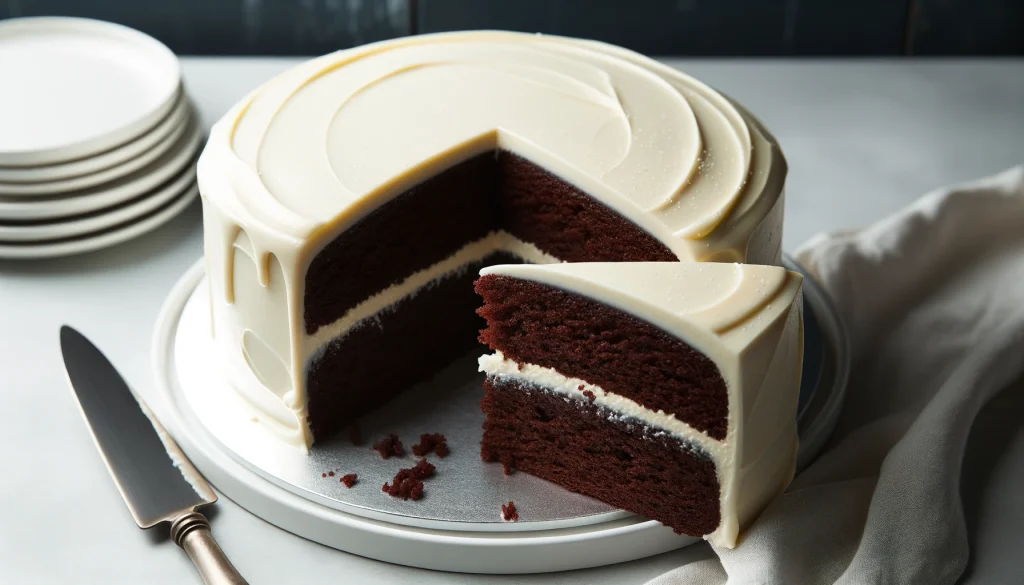Yes, you can use coconut oil to make frosting. Coconut oil is a solid at room temperature, so it will give your frosting a thick and creamy texture. It is also a healthy alternative to butter, and it can give your frosting a unique flavor.
Here is a recipe for making frosting with coconut oil:

Ingredients:
- 1/2 cup softened coconut oil
- 3 cups powdered sugar
- 1/4 cup milk
- 1 teaspoon vanilla extract
Instructions:
- In a large bowl, cream together the coconut oil and powdered sugar until light and fluffy.
- Add the milk and vanilla extract and beat until combined.
- Frost your favorite cake or cupcakes and enjoy!
Using coconut oil as a primary fat for frosting is not just a fad; it’s a delightful culinary choice with multiple advantages. Here’s an extended look into the benefits and some tips to get the perfect frosting texture:
Benefits of Using Coconut Oil in Frosting:
- Natural Moisture: Coconut oil has innate moisturizing properties that can give frosting a luscious, creamy texture.
- Dietary Friendly: Being dairy-free, coconut oil frosting is suitable for vegans, those with lactose intolerance, and those adhering to paleo diets.
- Natural Sweetness: The inherent mild sweetness of coconut oil can potentially reduce the amount of sugar needed in certain recipes, making it a slightly healthier option.
- Stability: Unlike some other oils, coconut oil remains solid at room temperature (until about 76°F), which can offer a stable consistency, especially beneficial for intricate frosting designs.
- Versatility: Coconut oil can effortlessly blend with various flavors, from tropical fruits to rich chocolates, broadening the scope for experimentation.
Additional Tips:
- Storage: Frosted desserts can be stored at room temperature for a short duration. However, if you’re in a warm climate, or for longer storage, it’s better to refrigerate them.
- Mixing: Ensure that all ingredients are at room temperature. Cold milk can solidify the coconut oil, creating lumps in the frosting.
- Enhancements: Consider complementing the coconut flavor by adding toasted coconut flakes on top for an extra crunch and aesthetic appeal.
Conclusion:
The inclusion of coconut oil in frosting brings a delightful twist to traditional recipes, offering both taste and health benefits. From its innate moisturizing properties, natural sweetness, and versatility in blending with other flavors, coconut oil has proven to be more than just a culinary fad. It’s a dairy-free alternative that caters to various dietary needs and can potentially lessen the sugar quotient in your desserts. Moreover, the stability it provides ensures your frosting holds up well, especially in designs that require a consistent texture. So, the next time you’re baking, consider reaching out for that jar of coconut oil and give your frosting an exotic touch that is both delicious and beneficial.

